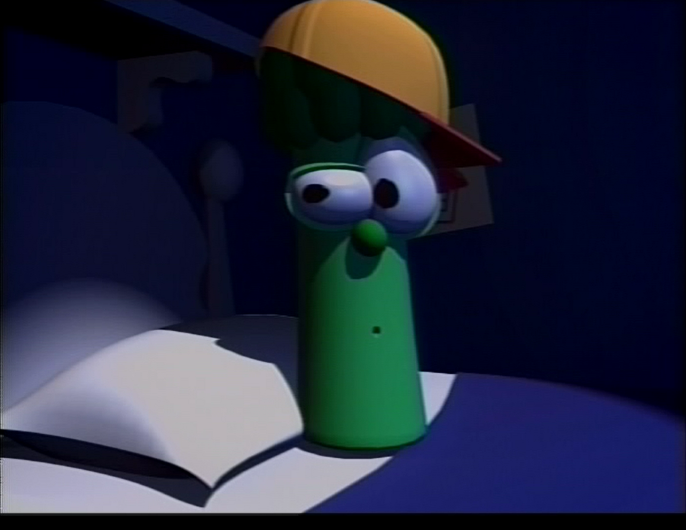

↑ Wiedenheft B Sternberg S.H Doudna J.A.↑ See Nobel Prize in Chemistry to Emmanuelle Charpentier and Jennifer Doudna, 2020.Recognition and maturation of effector RNAs in a CRISPR interference pathway. ↑ Gesner E.M Schellenberg M.J Garside E.L George M.M.

The CRISPRdb database and tools to display CRISPRs and to generate dictionaries of spacers and repeats. The prize was awarded jointly to Emmanuelle Charpentier and Jennifer Doudna. The understanding and development of the CRISPR-Cas9 genome editing technique won the Nobel Prize in Chemistry for 2020. It can turn gene expression on and off, and can be used to fluorescently tag particular sequences. The CRISPR-Cas9 system cuts DNA, but can do more. The technology has been used to switch off genes in human cell lines and cells, to study Candida albicans, to modify yeasts used to make biofuel and to genetically modify crop strains. Gene editing is a human exploitation of CRISPR. Applications ĬRISPR is an anti-viral defensive system which originated in bacteria and archaea. If it is, the foreign DNA gets chopped up. Cas9 does this by unwinding foreign DNA and checking whether it is complementary to the 20 basepair spacer region of the guide RNA (the spacer region RNA). Cas9 has two active cutting sites, one for each strand of the DNA's double helix.

The actual cutting is done by a nuclease called Cas9. The foreign source of the spacers was a sign to researchers that the CRISPR/cas system could have a role in adaptive immunity in bacteria. In effect, the spacers are fragments of DNA from viruses that have previously tried to attack the cell line. CRISPR spacers recognize and cut up the foreign genetic elements in a manner like RNA interference in eukaryotic organisms. These come from previous exposures to a bacterial virus or plasmid. Each repetition is followed by short segments of " spacer DNA".


 0 kommentar(er)
0 kommentar(er)
